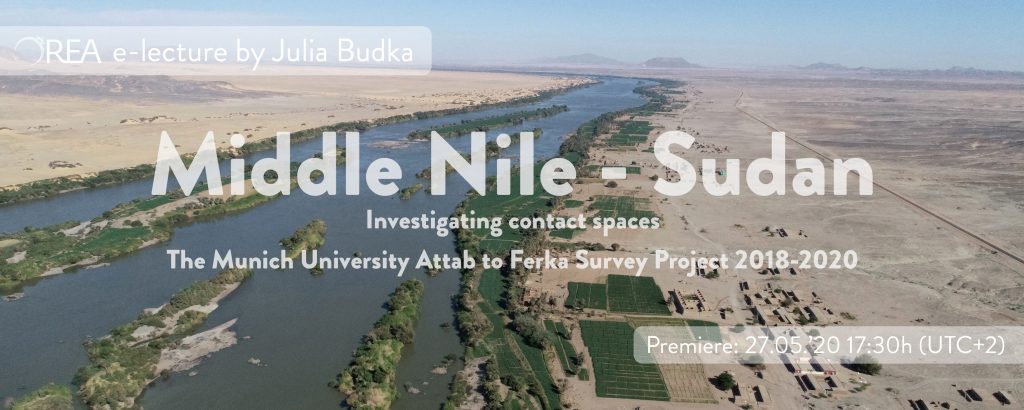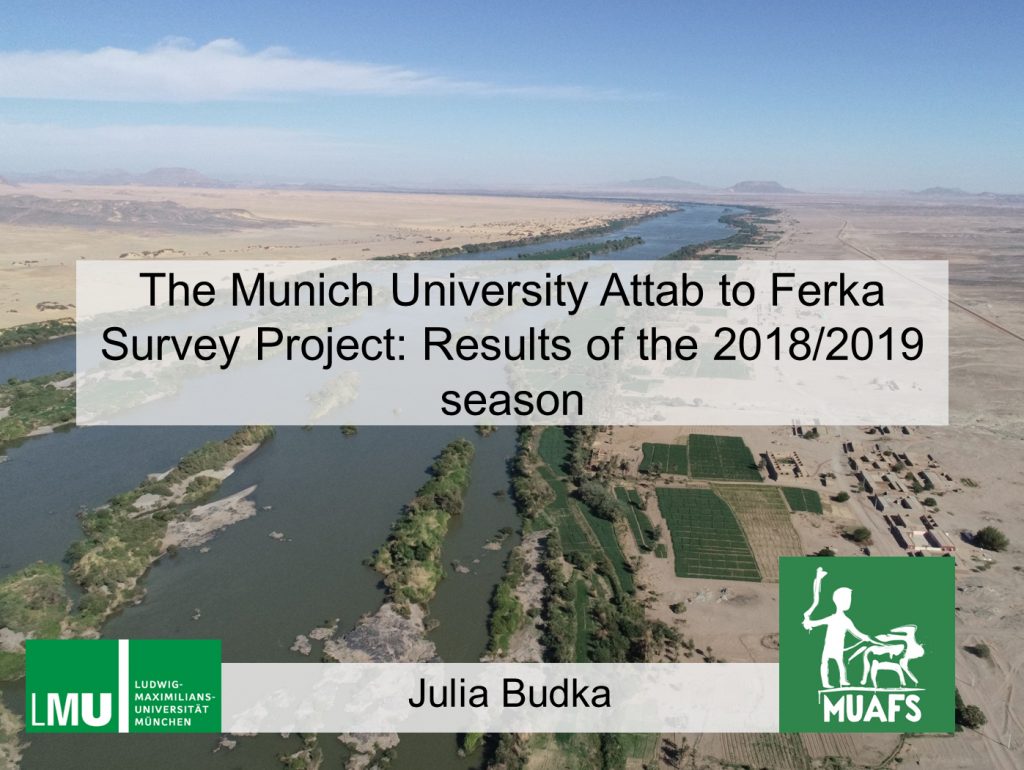Today was originally planned to be quite busy – after faculty meetings and teaching, I was supposed to be off to London to join the annual one-day international colloquium on recent archaeological fieldwork in Sudan organised by the Sudan Archaeological Research Society in the British Museum. Due to the current situation regarding COVID-19 in the UK, the event scheduled for tomorrow was of course cancelled. All fingers crossed that the situation will soon improve, and all of our colleagues stay safe and healthy!
Given the corona crisis, it is therefore perfect timing that instead of presenting our new finds in the Attab to Ferka region live in the British Museum, I will give one of the OREA e-lectures this Wednesday.
The 17min-presentation will introduce the project and present its main aims as well as our achievements in the first two field seasons! I will show brand-new maps composed by Cajetan – stressing very intriguing distribution patterns of sites in our concession area according to periods. Of course the new ERC project DiverseNile will also be mentioned, especially as our main focus in the next five years!

Premiere of my e-lecture is May 27 at 5.30pm – everybody is free to join via youtube, and I hope our efforts to make results from archaeological fieldwork in Sudan available to all in these difficult times will be appreciated. Many thanks to OREA for this great opportunity – due to COVID-19 I still cannot go to my hometown Vienna, but this e-lecture feels a little bit like homecoming.


